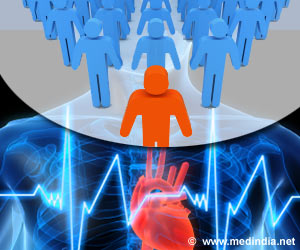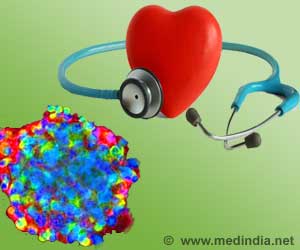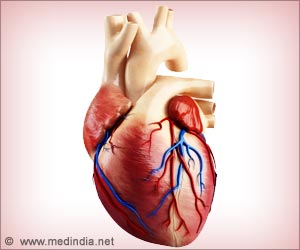
‘Overexpression of CCND2 gene increased growth of grafted cardiomyocytes which resulting in better heart function and decreased size of dead tissue.’
Tweet it Now
In experiments in a mouse model, UAB researchers showed that gene C. This led to increased remuscularization of the heart at the dead-tissue site of the heart attack, a larger graft size, improved cardiac function and decreased size of the dead tissue, or infarct. Besides regenerating muscle, the grafted cells also increased new blood vessel formation at the border zone of the infarct, apparently through increased activation of the paracrine mechanism. The UAB team used cardiomyocytes that were derived from human induced pluripotent stem cells, as they work toward a goal of eventual clinical treatment for human heart attack patients.
This UAB study, published online in Circulation Research, is led by Jianyi "Jay" Zhang, M.D., Ph.D., chair and professor of the UAB Department of Biomedical Engineering and holder of the T. Michael and Gillian Goodrich Endowed Chair of Engineering Leadership.
Study details
Researchers first showed that overexpression of CCND2 in the human induced pluripotent stem cells-derived cardiomyocytes, or hiPSC-CMs, increased the proportion of cells that exhibited markers for the S and M phases of the cell-cycle, and for cytokinesis, as measured in cell culture.
Advertisement
Overexpression also led to an increased number of engrafted hiPSC-CMs, as measured by bioluminescence and human cell markers.
Advertisement
Source-Eurekalert













